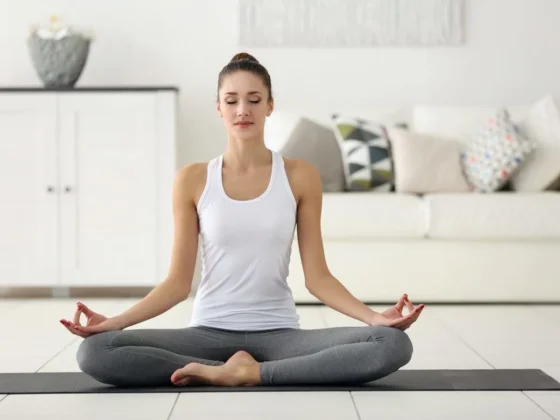A new research has found that couples who slept together had enhanced and less disrupted rapid-eye movement (REM) sleep compared to when they slept individually.
The REM sleep is associated with vivid dreams and has been linked to emotion regulation, memory consolidation, social interactions and creative problem solving.
“Sleeping with a partner might actually give you an extra boost regarding your mental health, your memory and creative problem-solving skills,” said the study’s lead author, Dr. Henning Drews, a resident and post-doctoral scholar at the Center for Integrative Psychiatry in Kiel, Germany.
“There is — even in the medical community — the notion that if you sleep with a partner, you might subjectively think that you slept well or better, but objectively, your sleep is more disturbed,” she said.
But, he noted that the current study found that “if you want to share a bed with your partner, there is nothing to be said against it. It might even be very good for you.”
To date, most studies have compared co-sleep to individual sleep in couples by only measuring body movements. However Dr Drews and colleagues overcame these limitations by also assessing sleep architecture in couples that shared a bed.
They measured sleep parameters both in the presence and absence of the partner using dual simultaneous polysomnography, which is a “very exact, detailed and comprehensive method to capture sleep on many levels — from brain waves to movements, respiration, muscle tension, movements, heart activity”.
For the study, 12 young, healthy couples between 18 and 29 years old volunteered to spend four nights in a sleep lab. They had been sleeping together most nights for at least three months.
For two nights, the couples slept in different rooms. On another two nights, they slept together. Half of the group started apart, while the other half started the study together.
When they slept together, both partners spent more time in REM sleep than when they slept apart — and their REM sleep was less disrupted. Interestingly, they also moved their limbs more often when sharing a bed, but this didn’t seem to disrupt REM sleep.
What Is REM Sleep?
Rapid eye movement (REM) sleep is one of the four stages that the brain goes through during the sleep cycle. This period of the sleep cycle usually takes place about 90 minutes after a person first falls asleep. It is marked by a number of physiological changes that include muscle relaxation, eye movement, faster respiration, and increased brain activity.











